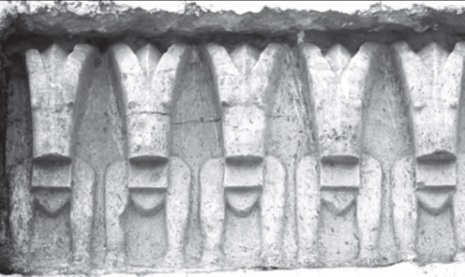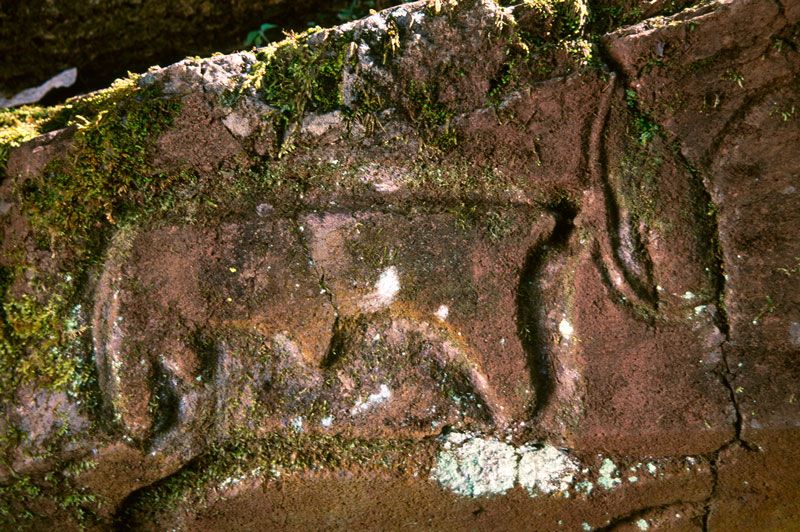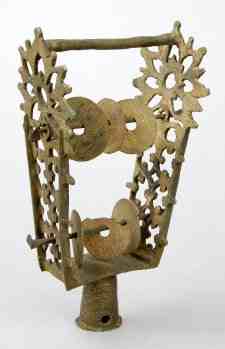
Ethiopia is one of the countries that are known for its centuries’ old diverse music history and age long distinctive traditional musical instruments that are created by Ethiopians centuries back and differentiate the country from the rest of the world.
Mainly, following its diverse ethnic groups that have their own heterogeneous social, historical and cultural milieus, the musical instruments are different in types and truly unique and exotic.
Among these traditional musical instruments, Masinko – a one string bowed lute, Krar- a six string lyre, Begena –a large ten string lyre and known as Ethiopian harp, and from the aerophones, the Washint-a bamboo flute, Embilta – flutes with no finger holes and fanta of the Konso people – pan flutes are the common ones.
From the membranophones, Kebero – a large hand drum in the liturgical music and smaller Kebero drums for traditional and secular celebrations are very common. Negarit – a big drum played with a curved stick was used for royal functions to announce proclamations. In Tigray and Gurgage regions, the mall hand drum called Atamo is the most popular one used commonly depending on the situations.
The instruments are played for different drives including for secular and sacred purposes- in times of happiness and bad moments like weddings, and funerals to solace individuals in their struggle for life and, in spiritual endeavors or
an accomplishment to ritual chanting, as a means to communicate with supernatural forces, praise and invoke.
By the same token, though they are not as such in common use these days, due to various reasons including the advent of western music instruments, there are also other instruments that have valuable place in the timeline of country’s musical instrument history. Among these instruments, Embilta is the one.
As studies conducted in this traditional instrument indicate, Embilta is made from a tree called “Argezana” but it is also made from iron or any other kind of metal.
“Embilta” is played with blowing air into it. It has no finger holes and produces only two tones. There are three types of “Embilta” , one is with one hole in it, Shanqet, the second is
without holes but is played by covering the bigger hole at the end of the tube, Debay, and the third one is without holes and is played by rhythmically blowing air on it. All three are played at the same time and music is created by mixing the sounds coming from the three “Embiltas”.
The instrument is played during all kinds of celebrations. Although not common, it is also played during funerals.
According to Timkehet Teffera, Embilta belongs to one of the oldest music instruments in Ethiopia. It is an end-blown flute made of hard bamboo or metal tubes commonly in sets. Bamboo Embiltas are wrapped with leather strips or fabric in order to protect the pipe from possible damage and simultaneously to decorate it.
When it comes to metal pipes, that only
need to be cut at appropriate lengths, no further processing is required as in the case of bamboo tubes. Depending on the material an Embilta is made of, one can tell the area of its origin.
Among the Amhara of central Ethiopia and peoples in Tenben of northeast Tigray, bamboo tubes are rather common. On the other hand, in Aksum, northwestern Tigray, metal Embiltas are quite common.
Embilta flutes are made in sets of three in various sizes. Experienced instrument makers produce such a set of Embiltas and determine their lengths that represent the expected tones to be played during the ensemble performance. Nevertheless, there are no uniform standards of instrument making which not only refers to the instrument exclusively, but also to all other traditional music instruments of Ethiopia and of the predominant part of the black African continent.
Hence, every Embilta set is made individually by hand, based on the instrument maker’s experience. The Embiltas belonging to a set have their own designations that differ from place to place. In ascending order of their size, Embilta sets in Tenben are called shanqit (black), dankera (dance, joy, cheer) and Zinjero (monkey). In Aksum, they are meri (leader), difin (something sealed) and yima or ima. The Amhara also apply similar names for Embiltasm, as to Timkehet.
Embiltas have an average length of 65 up to 110 centimeters and about 5cm in diameter.
The Ethiopian Herald May 27, 2020
BY STAFF REPORTER




